Fertilisers for High-Yield Ryegrass: Getting the Most Out of Every Paddock

Ryegrass is the backbone of pasture-based dairy systems across Southwest Victoria. Its ability to produce high-quality feed throughout the growing season makes it one of the most valuable forages on farm. But achieving high-yield, high-quality ryegrass doesn’t happen by chance — it relies on smart nutrient management that supports strong growth from establishment through to grazing.
3 key elements to consider NOW to create a sufficient feed wedge
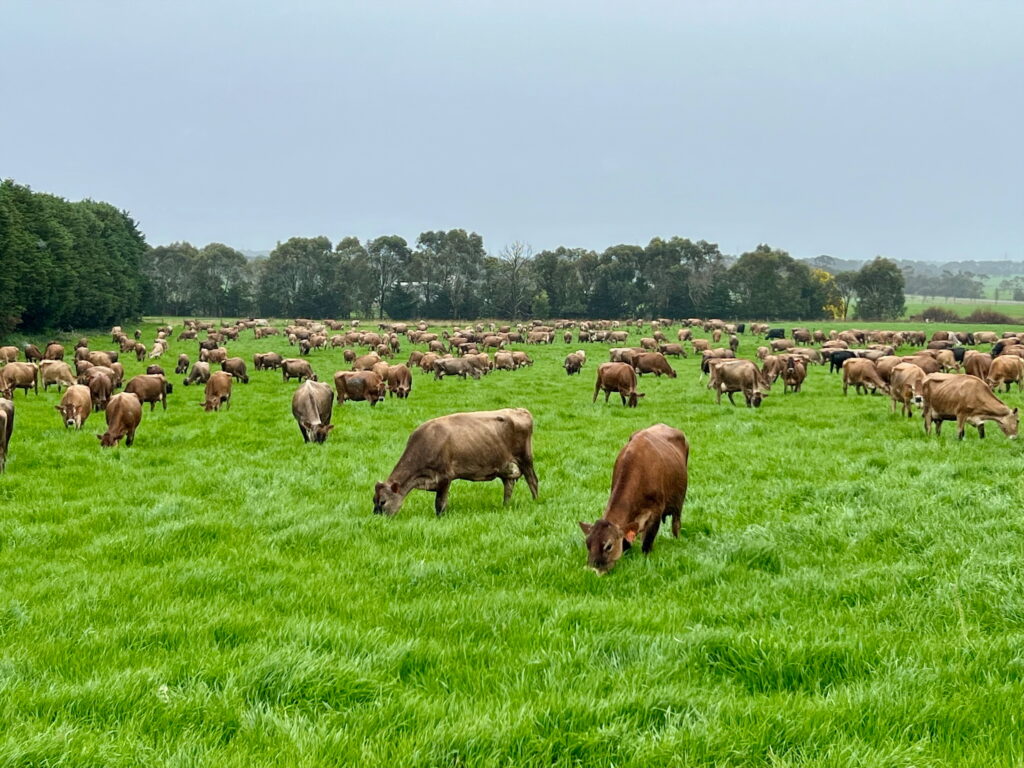
The facility can blend straight fertilisers like urea, MAP, DAP, sulfate of ammonia, and muriate of potash, ensuring the
New Blender Webber and Chivell Simpson
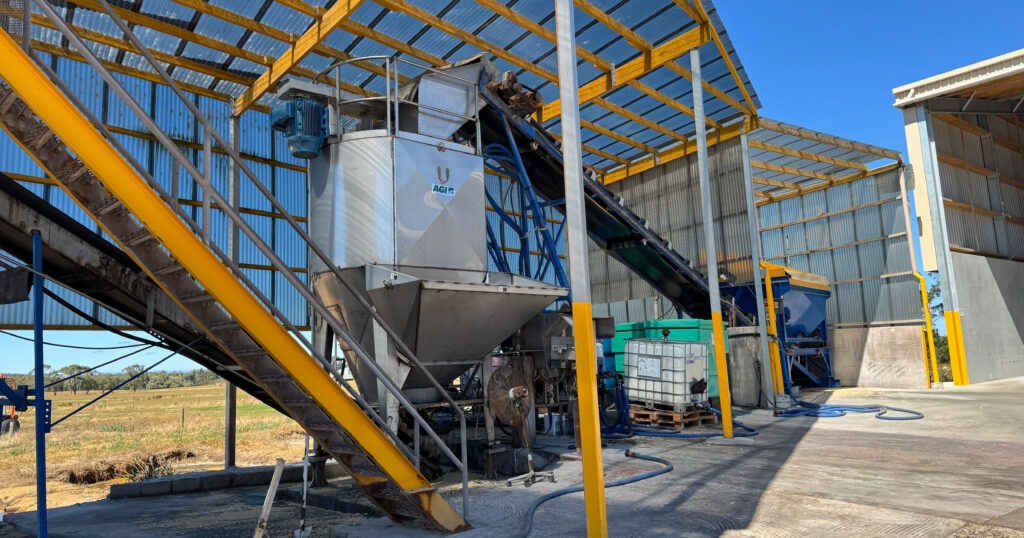
The facility can blend straight fertilisers like urea, MAP, DAP, sulfate of ammonia, and muriate of potash, ensuring the
Pasture to Profit: Maximizing Growth & Grazing – INFORMATION DAY
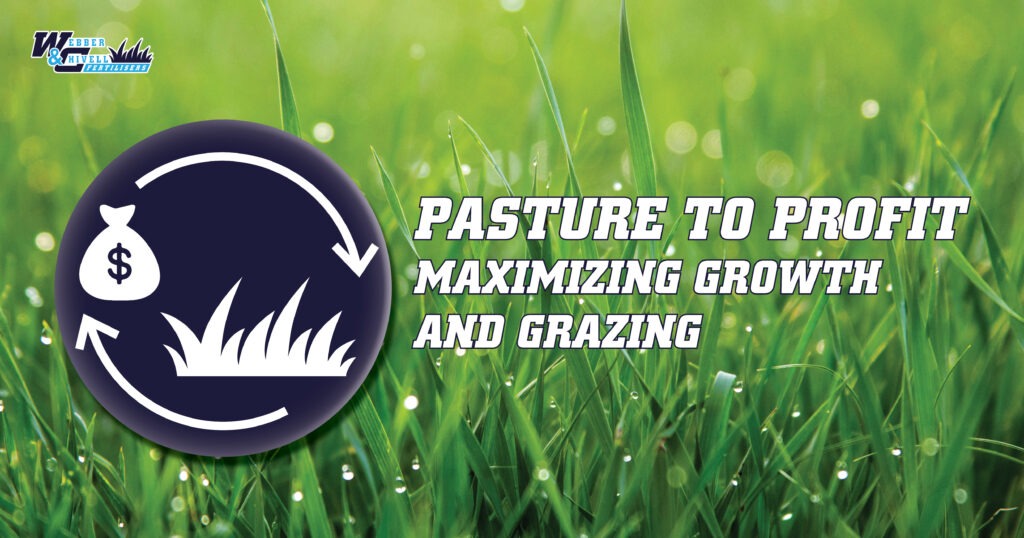
We are excited to invite you to “Pasture to Profit: Maximizing Growth & Grazing,” a day dedicated to optimizing pasture management, improving soil health, and boosting livestock productivity.
SPRING & FODDER DAY: Maximising fodder production in challenging weather conditions
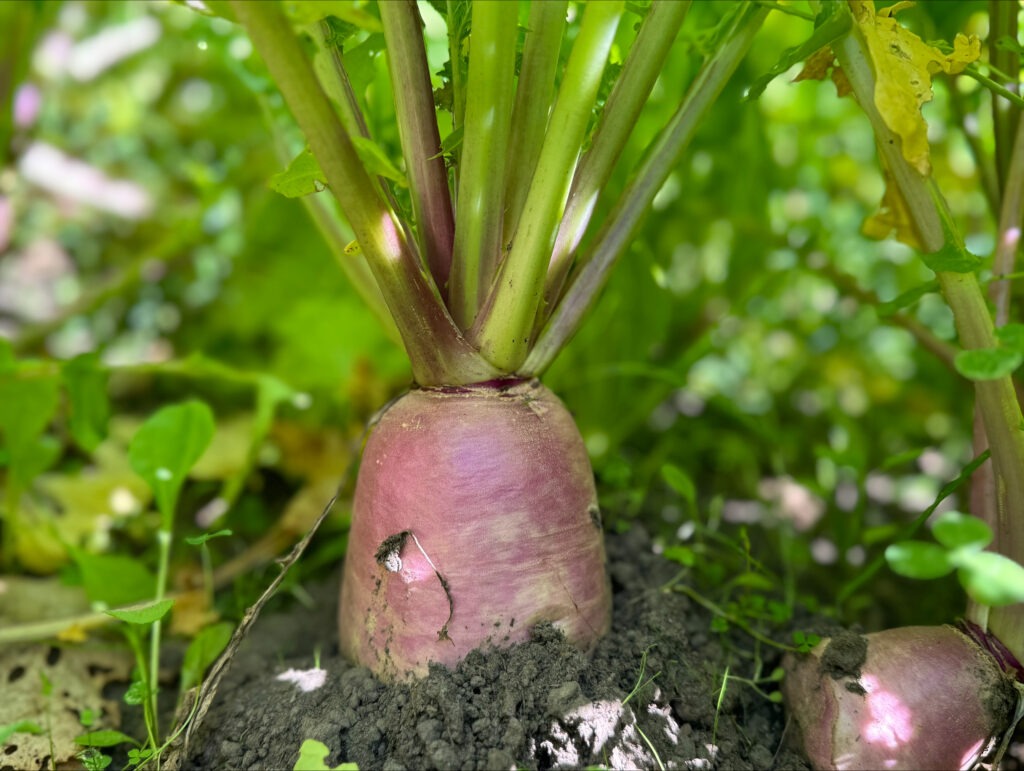
Some areas of the South West have experienced a frosty start to July. Depending on the severity of the frosts, pasture can become quite brittle and is prone to physical damage by grazing livestock. Frost damage can reduce the regrowth potential of a pasture. To minimize the risk of frost damage, it’s best to hold dairy cows back until the frost has melted.
Grazing Frosty Pastures
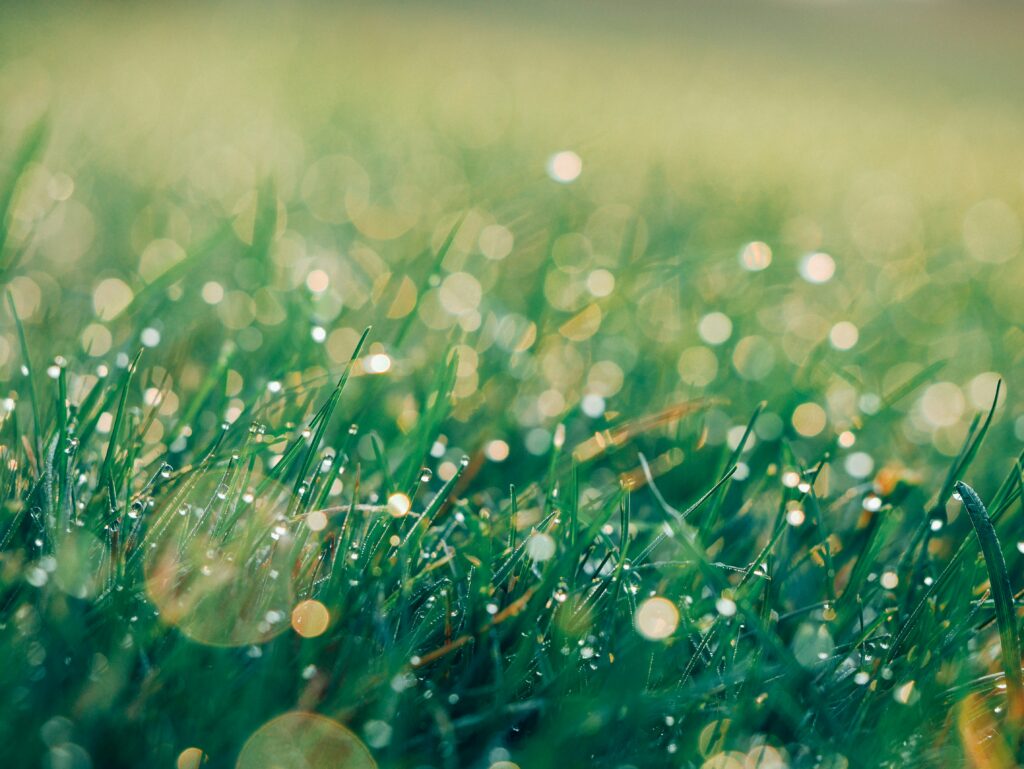
Some areas of the South West have experienced a frosty start to July. Depending on the severity of the frosts, pasture can become quite brittle and is prone to physical damage by grazing livestock. Frost damage can reduce the regrowth potential of a pasture. To minimize the risk of frost damage, it’s best to hold dairy cows back until the frost has melted.
Agronomy: Prepping for Spring
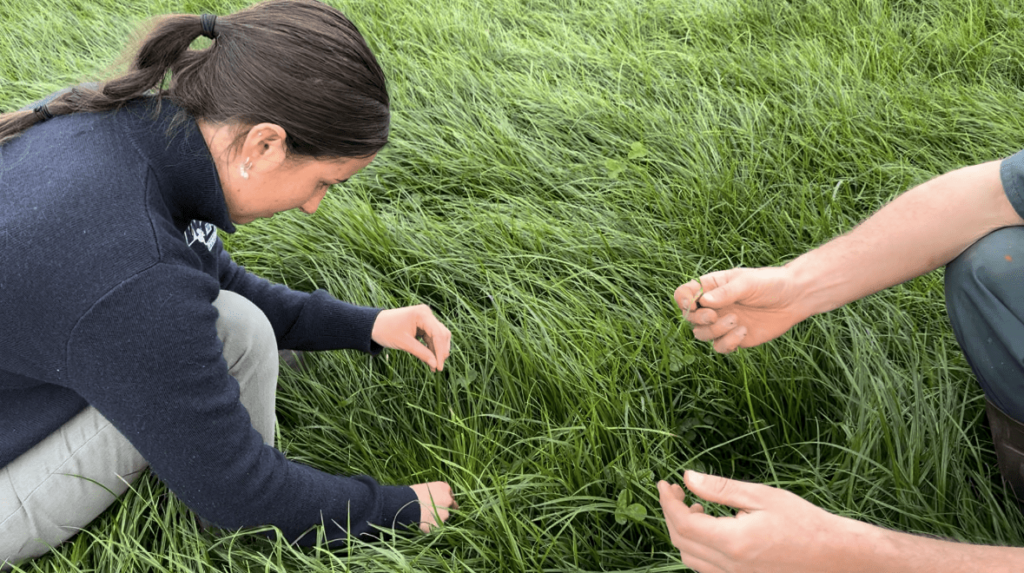
We are already over halfway through the year, with on farm conditions vastly different to the previous few wetter years. Whilst it may not feel like it’s time to consider preparing for spring, it is!
GIBBERELLIC ACID: THE FACTS
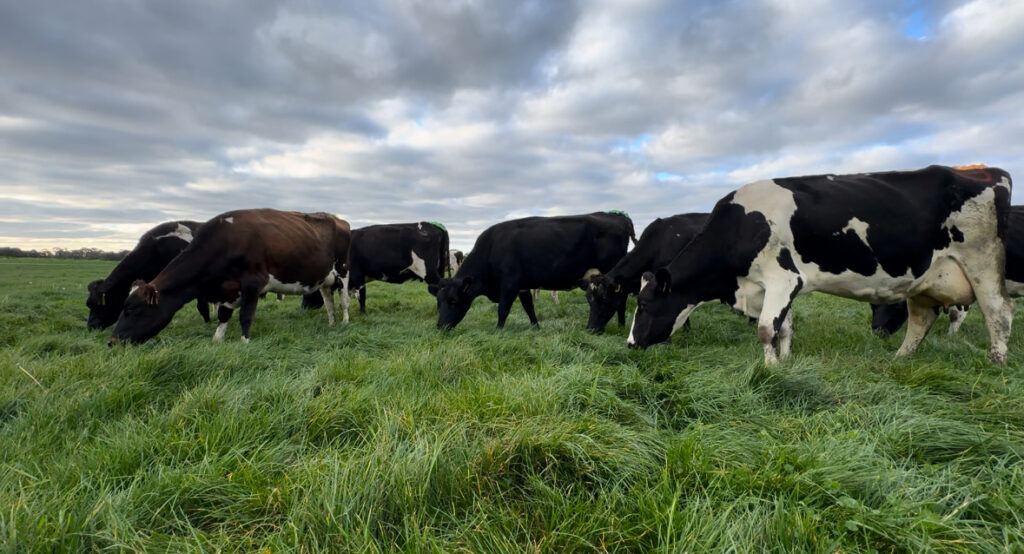
Minimal Autumn rainfall has resulted in a Winter feed shortage for many farms across the district. Provided there is adequate soil moisture moving forward, urea and gibberellic acid are well proven strategies to increase pasture growth in winter.
Rotation Lengths in Winter – What is “LER” and Why are they on the Webber Chivell Text Messages
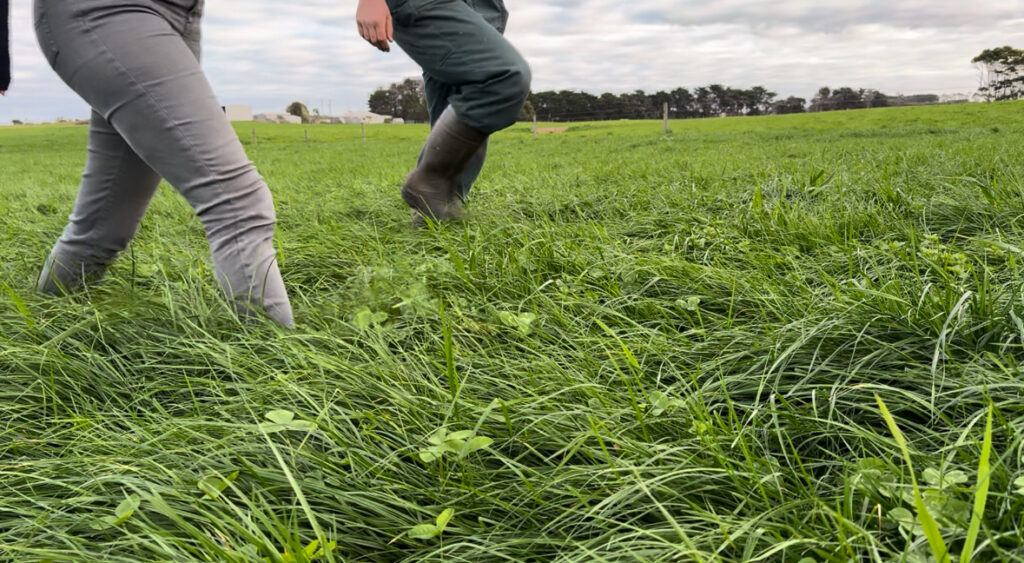
Aiming to graze ryegrass at the three-leaf stage over the winter period will maximise pasture growth, improve pasture persistence and density. This article explains how to use the weekly LER text information to guide your rotation.
Autumn Weed Control in New Sown Pastures
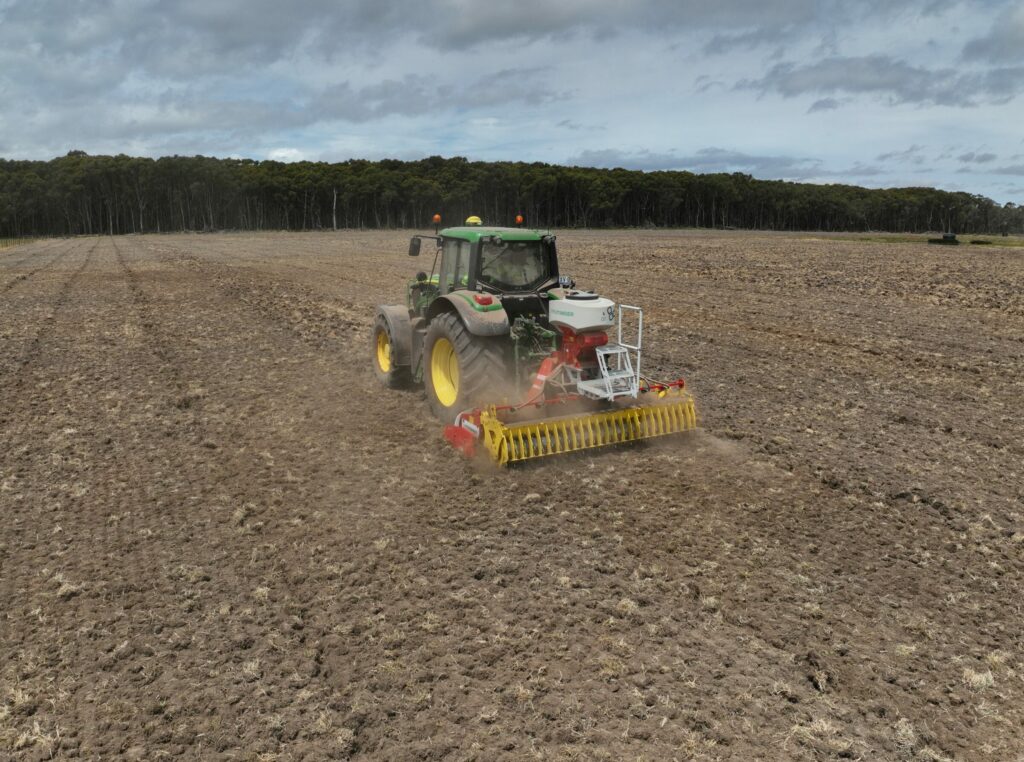
Understanding what is occurring in your soil is the beginning of the success or failure of your pastures. Annual soil tests can be taken to see trends occurring, fluctuations in major nutrients, pH CaCl2 levels, salts and soil sodicity.